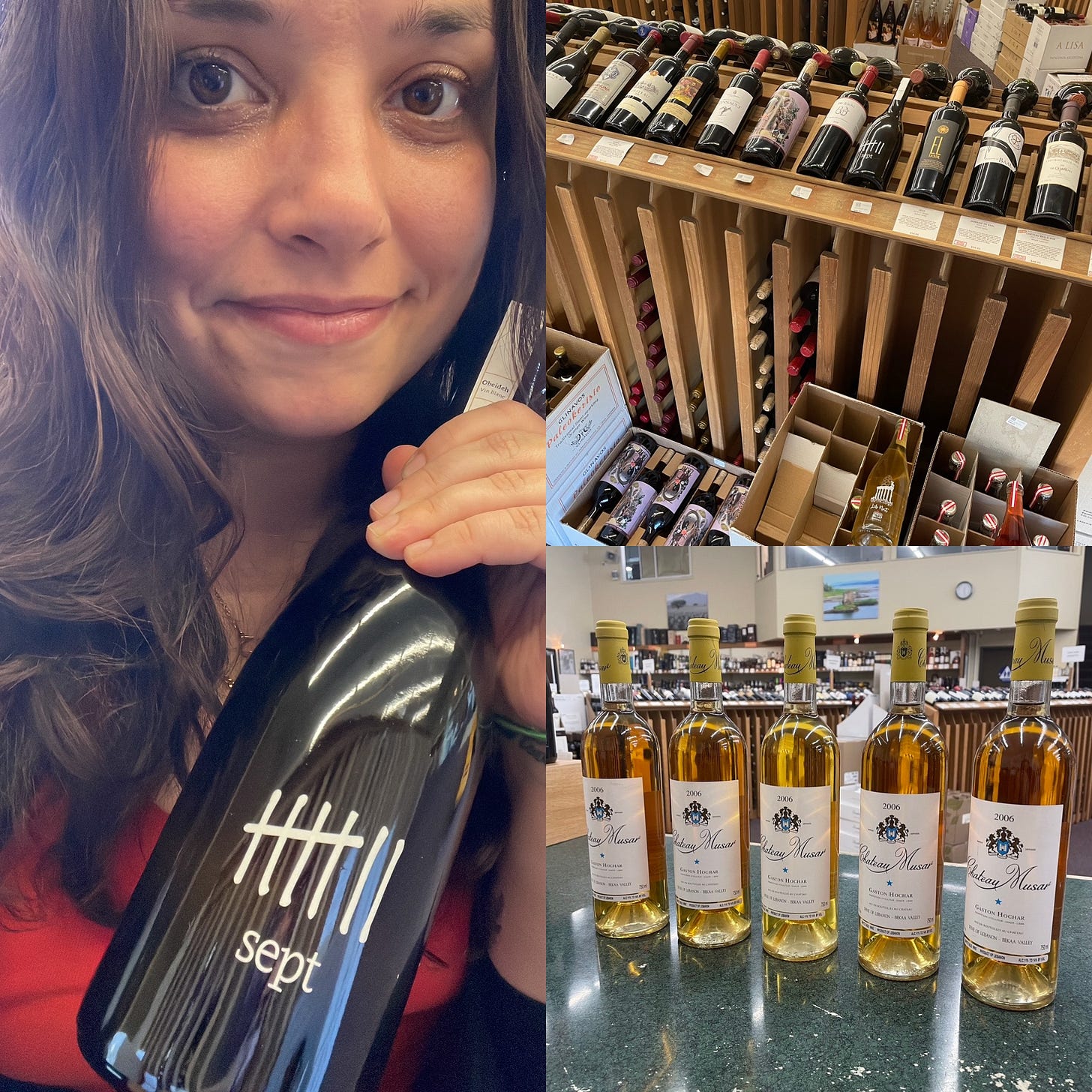Crunching 2022's Numbers
Analyzing the 2022 holiday season's Lebanese wine sales at WHWC and the steps I took to get those bottles sold
During the year before I was hired as a part-time salesperson at WHWC, the shop sold 97 bottles of Lebanese wine - all Chateau Musar - and during the five years before I was hired, a grand total of 208 were sold. After discovering this data tool, I decided to monitor the sale of Lebanese wine after my arrival. It wasn’t just that I felt m…




